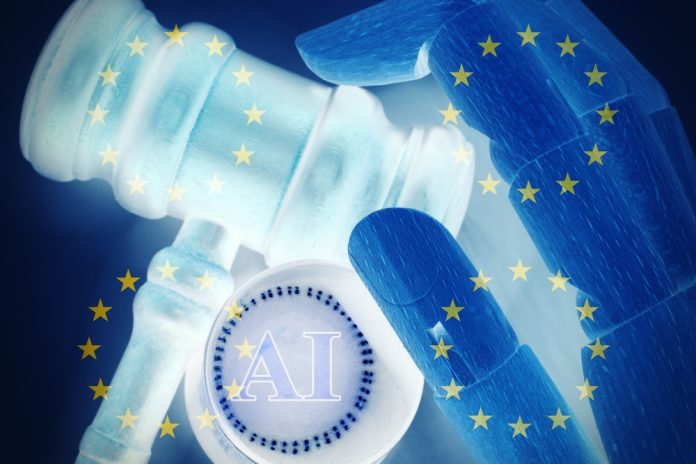
In a major milestone for artificial intelligence governance, the European Commission has received the final version of its General-Purpose AI Code of Practice.
This comprehensive voluntary framework is designed to guide the development and deployment of powerful AI systems in the EU.
The Code aims to bridge the gap between innovation and regulation, offering a practical path for developers to align with upcoming legal requirements under the EU’s AI Act.
Crafted by a panel of 13 independent experts and shaped by input from over 1,000 stakeholders, including AI developers, small businesses, academics, rights holders, and civil society, the Code is set to play a pivotal role in preparing the industry for the next phase of AI regulation.
With enforcement deadlines looming, the Code arrives as both a policy tool and a blueprint for responsible AI development in one of the world’s largest digital markets.
Henna Virkkunen, Executive Vice-President for Tech Sovereignty, Security and Democracy, commented: “The publication of the final version of the Code of Practice for general-purpose AI marks an important step in making the most advanced AI models available in Europe not only innovative but also safe and transparent.
“Co-designed by AI stakeholders, the Code is aligned with their needs. Therefore, I invite all general-purpose AI model providers to adhere to the Code. Doing so will secure them a clear, collaborative route to compliance with the EU’s AI Act.”
What is general-purpose AI?
General-purpose AI refers to advanced foundational models capable of performing a wide range of tasks across different sectors.
Unlike task-specific AI, which is built for a singular purpose, such as facial recognition or product recommendations, general-purpose AI models can be adapted to countless applications.
These include language processing, image generation, customer service automation, and scientific research.
These versatile systems often serve as the backbone for AI-powered tools used in healthcare, finance, education, and creative industries.
While they offer significant potential, their broad capabilities also introduce complex challenges, including intellectual property concerns, transparency issues, and potential misuse.
Code of Practice: A roadmap for compliance
The General-Purpose AI Code of Practice is structured around three core themes – Transparency, Copyright, and Safety and Security – and is designed to help developers navigate their obligations under the AI Act, set to come into force on 2 August 2025.
Enforcement will follow in phases: one year later for new models and two years later for existing ones.
Transparency
To promote clarity and openness, the Code introduces a Model Documentation Form, a standardised, user-friendly tool that enables AI providers to disclose key information about how their models are trained, evaluated, and used.
This aims to improve trust, facilitate integration into downstream systems, and ensure users understand potential limitations and risks.
Copyright
The Copyright chapter addresses how AI developers can align with EU copyright law during the training and deployment of their models.
It outlines practical methods for establishing clear usage policies and respecting intellectual property, an increasingly urgent issue as generative AI becomes more widespread.
Safety and Security
Some general-purpose AI models carry heightened risks, such as enabling the development of harmful substances or spreading disinformation.
The Safety and Security section targets the most advanced models, guiding developers on how to assess and mitigate these systemic risks through state-of-the-art practices.
Voluntary sign-on, legal clarity
Once endorsed by EU Member States and the Commission, the Code will be open to voluntary adoption.
Providers who sign on will benefit from a streamlined compliance process, reduced administrative overhead, and greater legal certainty under the AI Act. For many, it represents a clear and efficient route to demonstrating accountability and regulatory alignment.
In addition, the Commission is preparing further guidelines to clarify which entities fall under the scope of the AI Act’s general-purpose AI rules.
These guidelines will be published ahead of the law’s enforcement and are expected to complement the Code of Practice.
Building a safe AI future in Europe
As the EU positions itself at the forefront of ethical AI development, the General-Purpose AI Code of Practice sets a powerful precedent.
It offers a balanced, forward-thinking framework that supports innovation while safeguarding public interest.
For companies and developers working with general-purpose AI, the message is clear: transparency, accountability, and preparedness are no longer optional – they are essential.